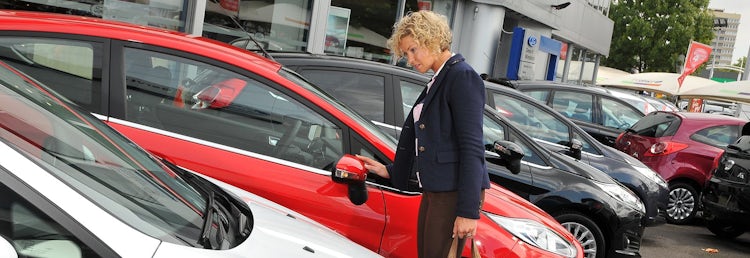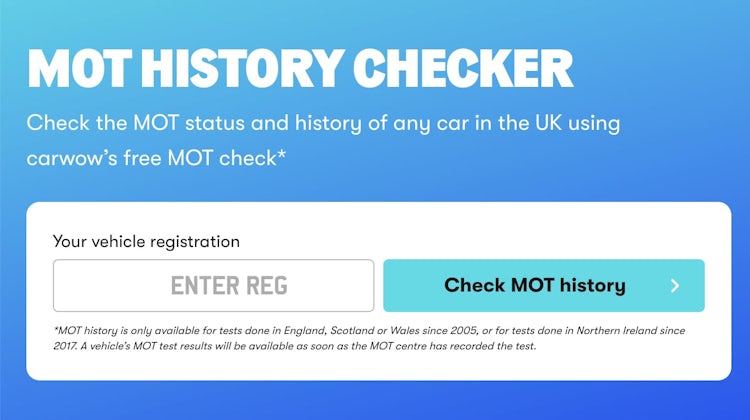Used Dacia Sandero cars for sale
Find the right second hand Dacia Sandero for you through our network of trusted dealers across the UK
Looking to buy a used Dacia Sandero? Get a full car history check
How buying a used car through Carwow works
Find a car
Use Carwow to browse and compare used vehicles, advertised by a network of trusted dealers. You can search by make and model, or apply filters to find the perfect car for you.
Contact the dealer
Once you’ve found a car you’d like to buy, you can contact the dealer to arrange the next steps, whether that’s asking a question or taking it for a test drive.
Buy the car
When you’re happy to buy, you can do so at a fixed price, safe in the knowledge all models sold through carwow are mechanically checked and come with a warranty.
Sell your car for what it's really worth
The free, easy way to get 5,500+ dealers all over the UK bidding on your car
Used Dacia Sandero pros and cons
Is a second hand Dacia Sandero a good car?
The Dacia Sandero is a small hatchback with a small price, and it’s beloved by canny car buyers who’ve worked out that although much cheaper than other small cars, the Sandero is at least as good, and often better, than the rest. It’s like finding out that the supermarket’s own-brand cereal is tastier than Frosties.
If you’re expecting hair-shirt minimalism on the inside, prepare to be surprised. Okay, so the Sandero isn’t the last word in style and luxury in the cabin, but this model has an interior that’s a big step up from the cheap and grey look of the previous Sandero.
There’s good visibility all-round, and adequate legroom and headroom in the rear, although if you want more of that, go for a SEAT Ibiza instead. At 328 litres, the Sandero’s boot isn’t the biggest in the class (that’s the Skoda Fabia with 380 litres) but it’s fine.
Just as you don’t expect luxury from a Sandero, you don’t expect sports car-like handling either, and the Dacia duly, er, doesn’t deliver. However, it’s certainly not bad with light steering which is good around town (but rather too light at higher speeds and on twisty roads). Basically, the Sandero is good at what most people will want it to do — school runs, the ‘big shop’, the odd run down the country to visit relatives. It’s even quite refined and comfortable on longer journeys, so it’s a solid all-rounder.
There’s a question mark over safety — Euro NCAP only gave the Sandero two stars, a very poor rating, but Dacia hit back saying that the Sandero is a fundamentally safe car, and it only gets marked down because it doesn’t have some of the more expensive electronic safety systems, which it says its customers aren’t interested in anyway.
What to look for when buying a used Dacia Sandero
Dacia’s reputation for reliability is good — as shown by the fact that the Dacia Duster finished first overall in the Driver Power Top 50 Cars To Own survey. Meanwhile, Dacia as a brand finished in 22nd place out of 32 brands in the overall customer satisfaction survey, with 22% of owners reporting a problem with their car — a relatively low number.
There have been reports of problems with the bi-fuel LPG system inducing rough-running and automatically switching back to petrol power, so beware of that. Thankfully, Dacia has an extended warranty programme, which runs for as much as six years, so it’s worth seeking out a Sandero that’s still covered.
Used car buying guides
Popular used car models
- Used Audi A1 Sportback
- Used Citroen C5 Aircross
- Used Fiat 500
- Used Ford Fiesta
- Used Hyundai i10
- Used Hyundai Ioniq 5
- Used Jaguar E-PACE
- Used Jaguar F-PACE
- Used Jaguar I-PACE
- Used Kia Ceed
- Used Kia Niro
- Used Kia Picanto
- Used Kia XCeed
- Used Land Rover Defender 110
- Used Mazda CX-5
- Used Mercedes-Benz A-Class
- Used Mercedes-Benz CLA
- Used Mercedes-Benz GLA
- Used MG MG4 EV
- Used MG ZS
- Used Peugeot 208
- Used Peugeot 3008
- Used Polestar 2
- Used Renault Clio
- Used SEAT Ateca
- Used SEAT Ibiza
- Used SEAT Leon
- Used Skoda Kodiaq
- Used Toyota Aygo X
- Used Toyota Yaris Cross
- Used Vauxhall Corsa
- Used Vauxhall Grandland X
- Used Vauxhall Mokka
- Used Volkswagen T-Cross
- Used Volkswagen Tiguan
* In line with the Consumer Rights Act 2015










